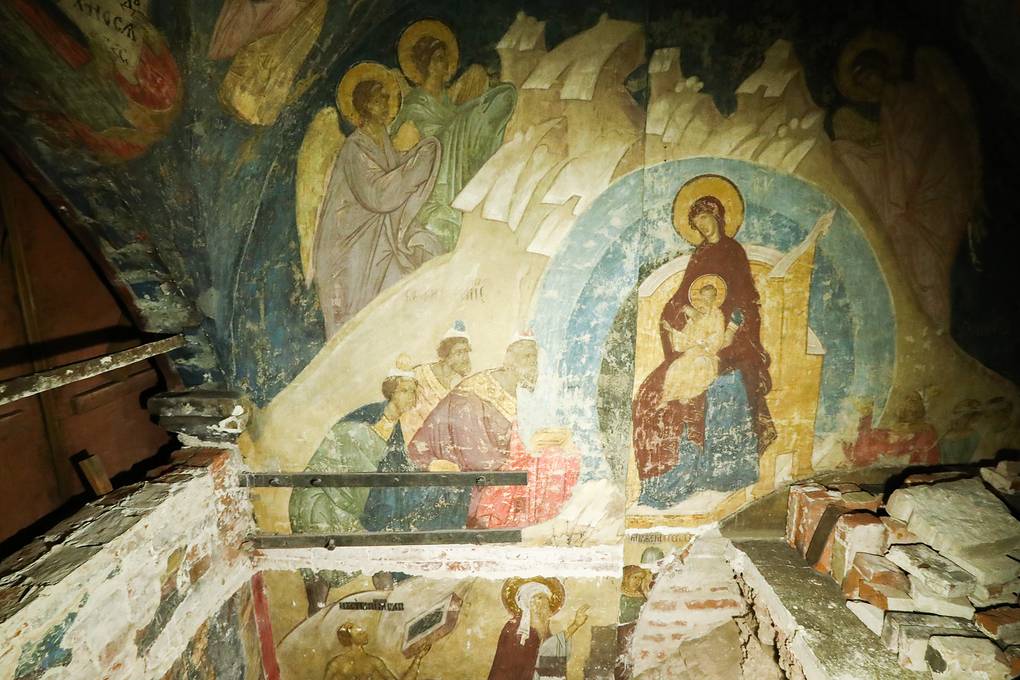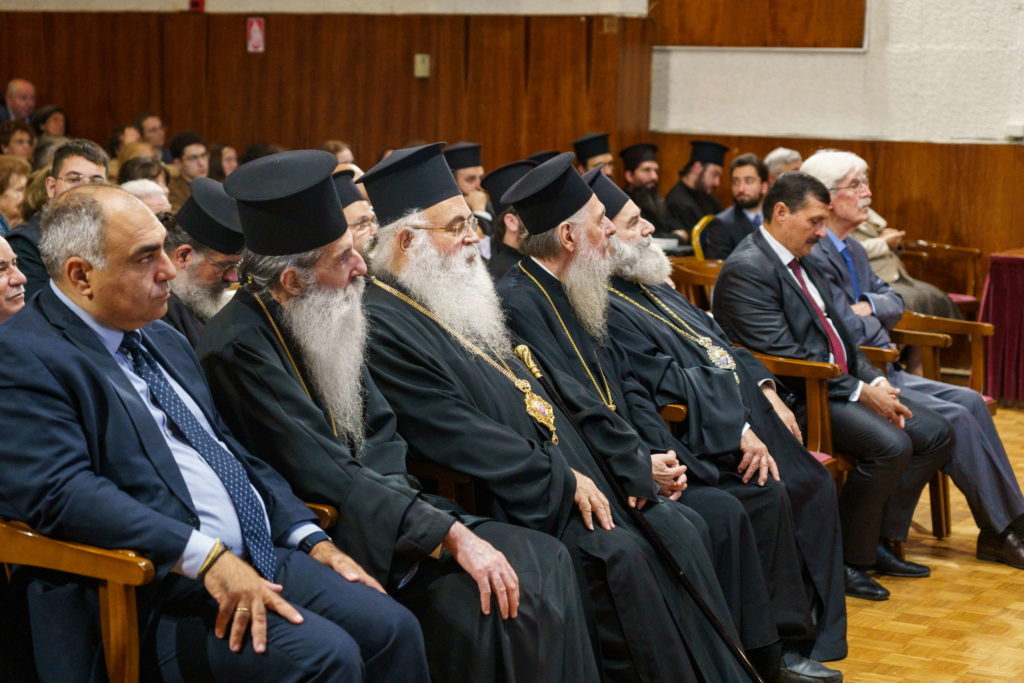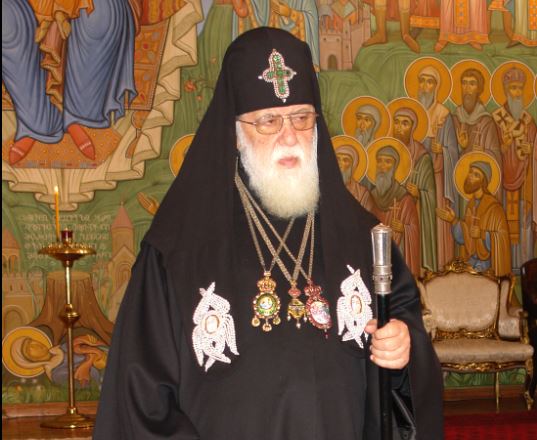Ancient paintings discovered during Moscow Kremlin’s Uspensky Cathedral restoration

Russia has very few surviving frescos created in late XV – early XVI centuries
New paintings areas, dating to late XV century, have been discovered during the restoration of the Moscow Kremlin’s Uspensky Sobor, also known as the Assumption Cathedral, says Yelena Gagarina, Director-General of Moscow Kremlin Museums.
“We have commenced a full-scale restoration of frescos [of the cathedral] and made a number of important discoveries,” Gagarina noted. Thus, new wall painting areas have been discovered in the altar space. The paintings are lower parts of ‘Synaxis of the Virgin’ and ‘Nativity of Saint John the Baptist’ compositions, and two new figures that belong to ‘Celebration of Mother of God’ composition.
“These frescos have been created almost one and a half century before the main painting ensemble, which was painted by the order of Czar Mikhail Fyodorovich Romanov in 1643, that survived to present day. The cathedral frescos have been restored repeatedly throughout XX century. They were restored and renovated but, sadly, for such ancient artifacts, the time is unstoppable. It was 40 years since last restoration, and the paintings gathered dust and soot,” Gagarina disclosed.
Russia has very few surviving frescos created in late XV – early XVI centuries. Among them are Dionisius paintings in Ferapontov Monastery near Vologda. This is why Uspensky Sobor frescos are even more valuable, Moscow Kremlin Museums head note.
The cathedral restoration is scheduled for a long period of 2017-2023, and aims primarily at preservation and care, Gagarina said.
“The restoration measures complex that we conduct is better described as ‘conservation.’ The restoration masters not only monitor the primer and paint layers condition, but also remove soot, dirt, various layers, fix cracks, restore lost part, strengthen primer and paint layers,” Gagarina says.
The Museum service head noted that the cathedral does not close for visitors during repairs; despite the restoration works, the cathedral holds services, negotiated with the Patriarchy in advance. The cathedral space has been divided into six zones, in accordance with six stages of reconstruction. Only one zone is closed for repairs at a time, Gagarina said.
“We are currently at the second stage: we work in the northern part of the cathedral’s main space,” she disclosed.
There are some 40 employees of the Ministry of Culture’s Interdisciplinary Science and Restoration Artistic Directorate involved, Gagrina added.
Holographic devices
The museum’s strategic partner is Transneft JSC; the company and the Museum service have signed a cooperation agreement on May 12, 2017.
“This project’s budget is about 360 million rubles,” Transneft president Nikolay Tokarev said, adding that Moscow Kremlin Museum would be granted with special hologram installations.
“In March, we plan to acquire five cutting edge devices, able to create full-scale holograms of the specimen. We decided to grant three of these devices to the museum,” he added.
Tokarev recalled that this is not the first joint venture of Moscow Kremlin Museum and Transneft. The company and the Museum service have already conducted restorations and exhibits together.
The Moscow Kremlin Uspenksy Cathedral has been constructed between 1474 and 1479 by an Italian architect and engineer Aristotele Fioravanti. It remains the main Russian cathedral for centuries. Since late XV century the cathedral hosted coronation ceremonies of Russian great princes and later czars, it hosted enthronement of bishops and patriarchs. Following the death of metropolitan Peter, the cathedral has become the burial site for Russian metropolitans and patriarchs.
— Source: tass.com
H αναδημοσίευση του παραπάνω άρθρου ή μέρους του επιτρέπεται μόνο αν αναφέρεται ως πηγή το ORTHODOXIANEWSAGENCY.GR με ενεργό σύνδεσμο στην εν λόγω καταχώρηση.
Ακολούθησε το ORTHODOXIANEWSAGENCY.gr στο Google News και μάθε πρώτος όλες τις ειδήσεις.


















